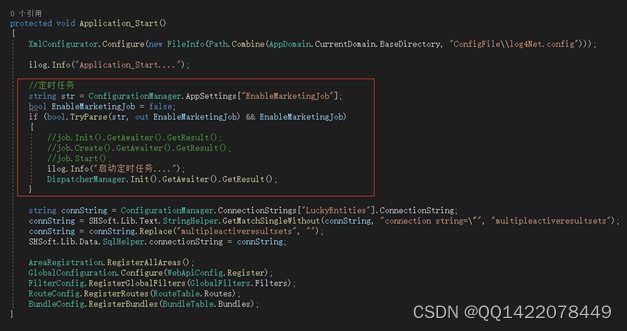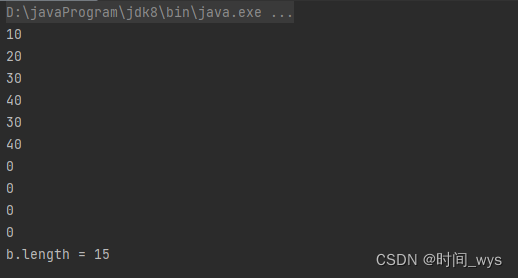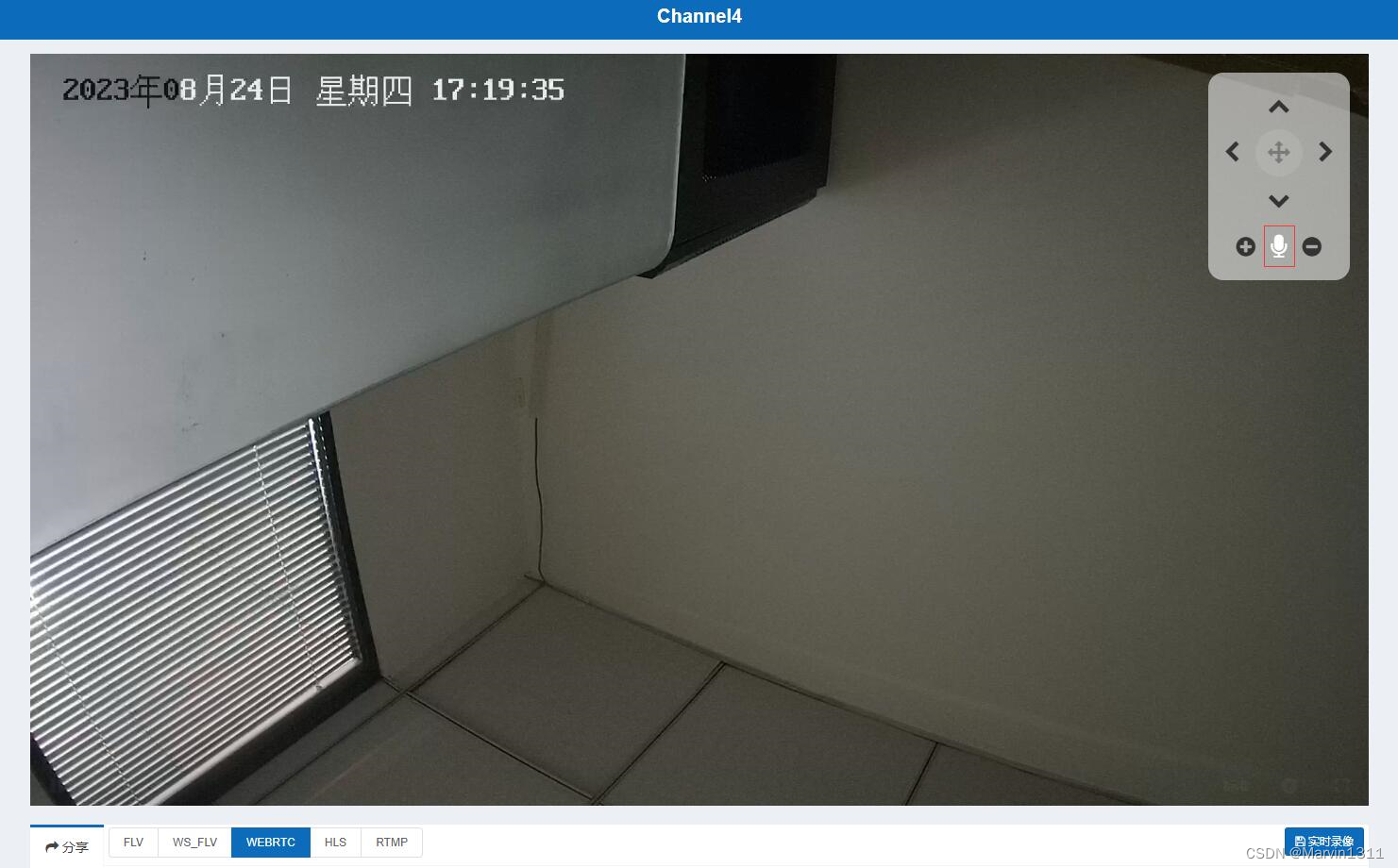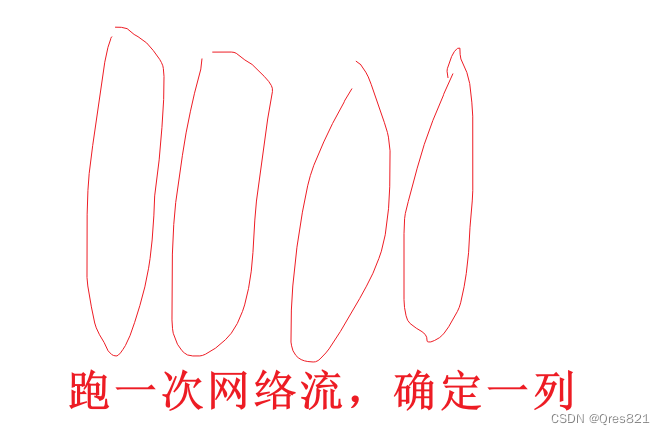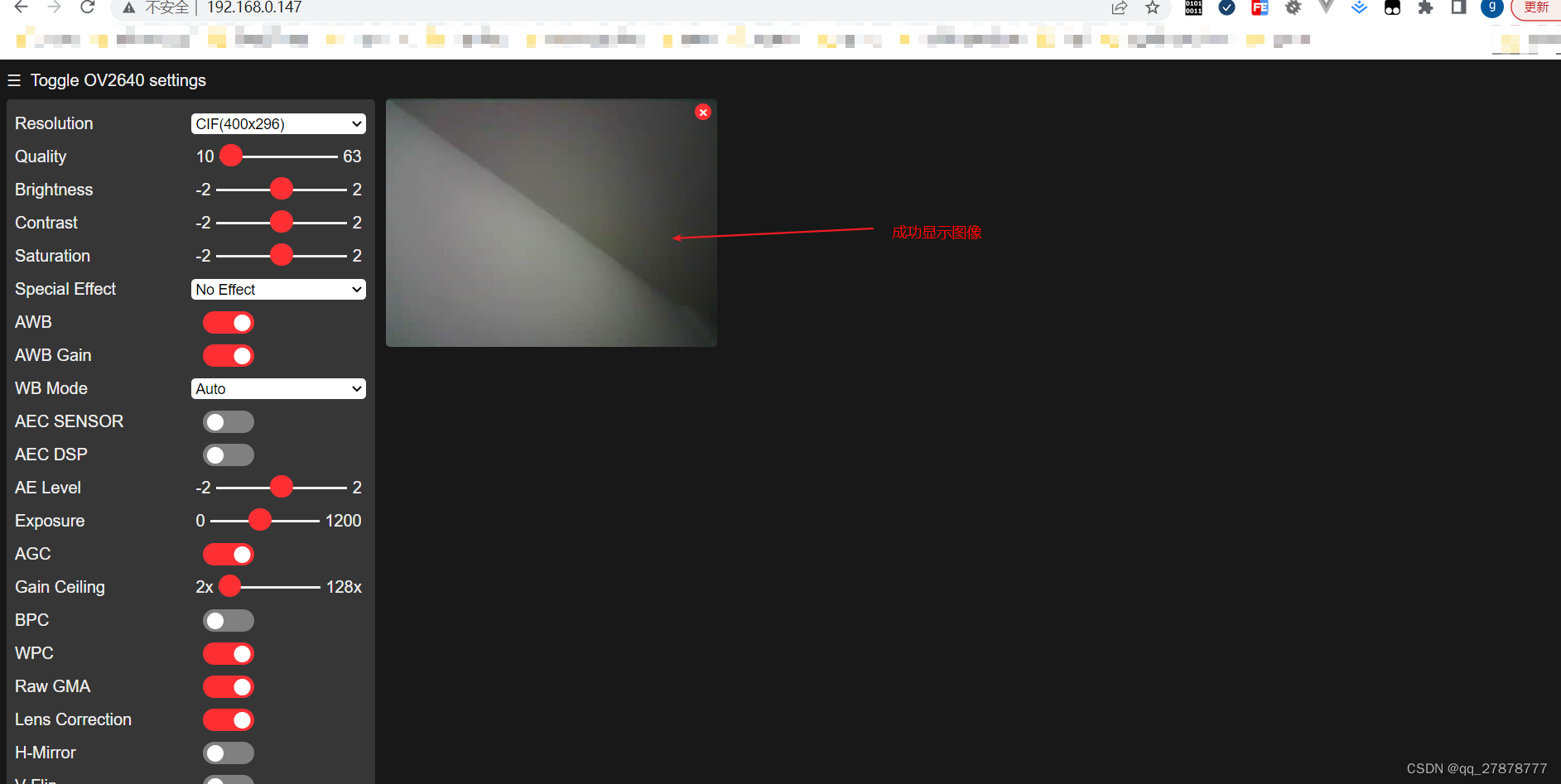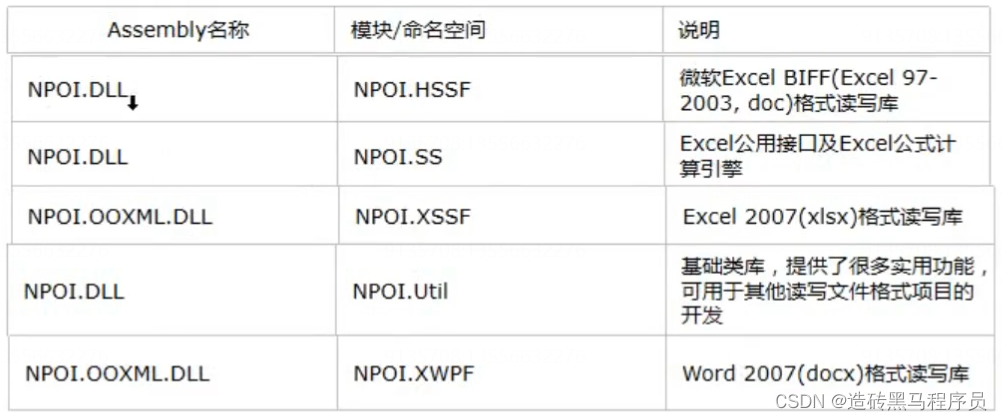🏖️作者:@malloc不出对象
⛺专栏:C++的学习之路
👦个人简介:一名双非本科院校大二在读的科班编程菜鸟,努力编程只为赶上各位大佬的步伐🙈🙈
目录
- 前言
- 一、priority_queue的介绍
- 二、priority_queue的使用
- 三、仿函数
- 四、priority_queue的模拟实现
前言
本篇文章讲解的是优先级队列的使用以及模拟实现。
一、priority_queue的介绍
- 优先队列是一种容器适配器,根据严格的弱排序标准,它的第一个元素总是它所包含的元素中最大的。
- 此上下文类似于堆,在堆中可以随时插入元素,并且只能检索最大堆元素(优先队列中位于顶部的元素)。
- 优先队列被实现为容器适配器,容器适配器即将特定容器类封装作为其底层容器类,queue提供一组特定的成员函数来访问其元素。元素从特定容器的“尾部”弹出,其称为优先队列的顶部。
- 底层容器可以是任何标准容器类模板,也可以是其他特定设计的容器类。容器应该可以通过随机访问迭代器访问,并支持以下操作:
empty():检测容器是否为空
size():返回容器中有效元素个数
front():返回容器中第一个元素的引用
push_back():在容器尾部插入元素
pop_back():删除容器尾部元素- 标准容器类vector和deque满足这些需求。默认情况下,如果没有为特定的priority_queue类实例化指定容器类,则使用vector。
- 需要支持随机访问迭代器,以便始终在内部保持堆结构。容器适配器通过在需要时自动调用算法函数make_heap、push_heap和pop_heap来自动完成此操作。
二、priority_queue的使用
优先级队列默认使用vector作为其底层存储数据的容器,在vector上又使用了堆算法将vector中元素构造成堆的结构,因此priority_queue就是堆,所有需要用到堆的位置,都可以考虑使用priority_queue。注意:默认情况下priority_queue是大堆。
| 函数声明 | 接口说明 |
|---|---|
| empty() | 检测优先级队列是否为空,是返回 true,否则返回 false |
| top() | 返回优先级队列中最大元素(最小元素),即堆顶元素 |
| push(x) | 在优先级队列中插入元素 x |
| pop() | 删除优先级队列中最大元素(最小元素),即堆顶元素 |
| size() | 返回优先级队列中元素的个数 |
下面我们来简单使用一下priority_queue:
#include <iostream>
#include <queue>
#include <vector>
#include <functional>
using namespace std;
void test()
{
// 默认是大堆, 底层是按照小于来进行比较的
priority_queue<int, vector<int>> pq1;
pq1.push(1);
pq1.push(3);
pq1.push(0);
pq1.push(7);
pq1.push(2);
while (!pq1.empty())
{
cout << pq1.top() << " ";
pq1.pop();
}
cout << endl;
// 要想创建小堆,此时我们应该在三个模板参数显式传递greater仿函数,它的底层是按照大于来进行比较的,我们需要包含functional这个头文件才能使用
priority_queue<int, vector<int>, greater<int>> pq2;
pq2.push(1);
pq2.push(3);
pq2.push(0);
pq2.push(7);
pq2.push(2);
while (!pq2.empty())
{
cout << pq2.top() << " ";
pq2.pop();
}
cout << endl;
}
int main()
{
test();
return 0;
}
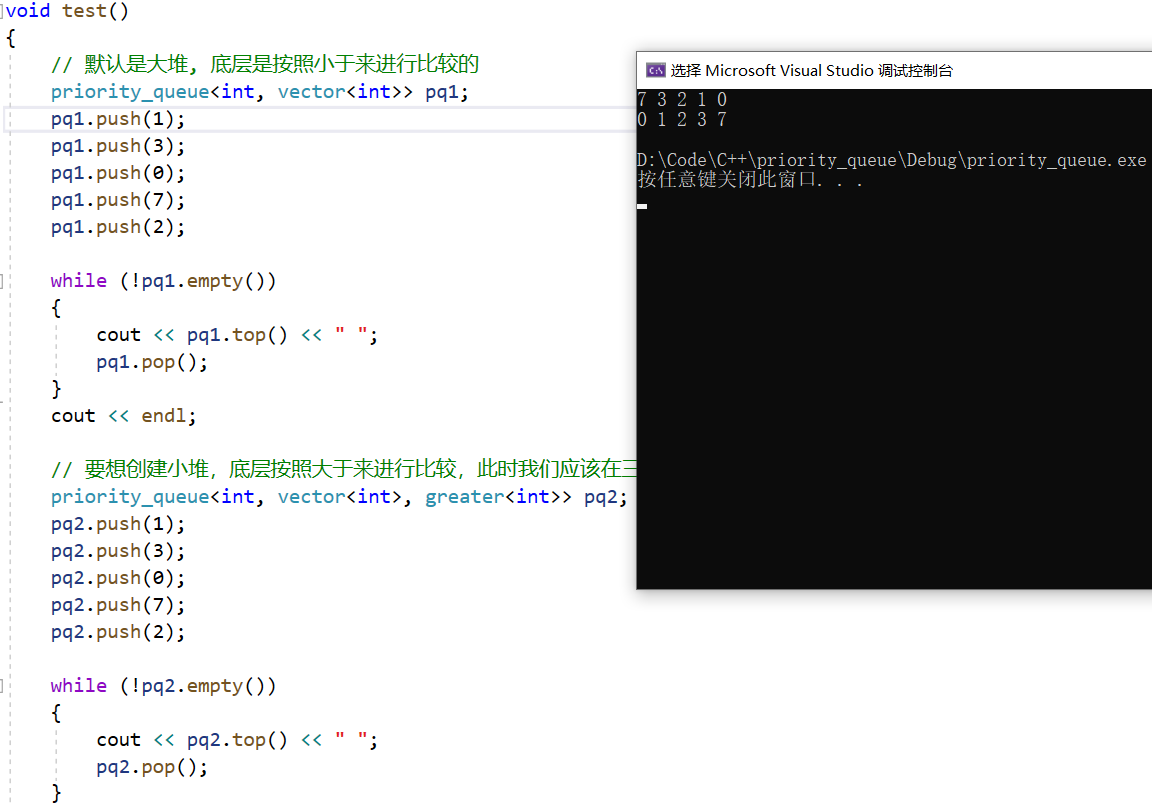
如果在priority_queue中放自定义类型的数据,用户需要在自定义类型中提供> 或者< 的重载。
#include <iostream>
#include <queue>
#include <functional>
using namespace std;
class Date
{
public:
Date(int year = 1900, int month = 1, int day = 1)
: _year(year)
, _month(month)
, _day(day)
{}
bool operator<(const Date& d)const
{
return (_year < d._year) ||
(_year == d._year && _month < d._month) ||
(_year == d._year && _month == d._month && _day < d._day);
}
bool operator>(const Date& d)const
{
return (_year > d._year) ||
(_year == d._year && _month > d._month) ||
(_year == d._year && _month == d._month && _day > d._day);
}
friend ostream& operator<<(ostream& _cout, const Date& d)
{
_cout << d._year << "-" << d._month << "-" << d._day;
return _cout;
}
private:
int _year;
int _month;
int _day;
};
void TestPriorityQueue()
{
// 大堆,需要用户在自定义类型中提供<的重载
priority_queue<Date> q1;
q1.push(Date(2018, 10, 29));
q1.push(Date(2018, 10, 28));
q1.push(Date(2018, 10, 30));
while (!q1.empty())
{
cout << q1.top() << " ";
q1.pop();
}
cout << endl;
// 如果要创建小堆,需要用户提供>的重载
priority_queue<Date, vector<Date>, greater<Date>> q2;
q2.push(Date(2018, 10, 29));
q2.push(Date(2018, 10, 28));
q2.push(Date(2018, 10, 30));
while (!q2.empty())
{
cout << q2.top() << " ";
q2.pop();
}
cout << endl;
}
int main()
{
TestPriorityQueue();
return 0;
}
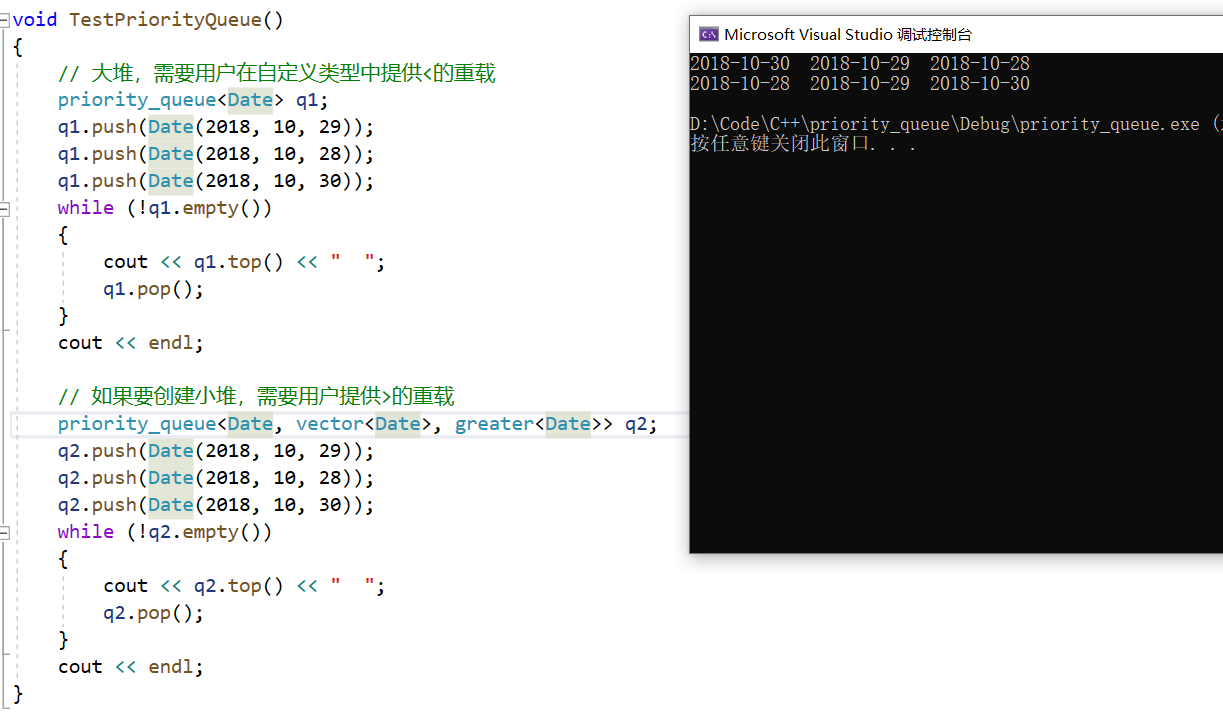
优先级队列的使用成本很低,下面我们来做一道题吧:
LeetCode 215. 数组中的第K个最大元素

这题使用优先级队列可谓是非常的简单,题目要求第K大的数,我们直接利用优先级队列建立一个大堆,再pop掉前K-1个数,此时栈顶元素就是最大值也是第K大的数了。

首先建堆的时间复杂度为O(N),然后调整建堆的时间复杂度为O(logN)循环K次,所以最终这种解决方案的时间复杂度为O(N + K * logN),如果N很大时需要很大的空间,那么还没有更优的解法呢?
我们可以考虑只建一个K大小的小堆这样时间复杂度就为O(K)了,比起O(N)来说可以节省不少的空间,建一个K大小的小堆,遍历后N - K个元素,如果它大于栈顶元素就加入进来调整建堆,最后你会发现前K个大的数都在这个小堆中,而栈顶元素就为这K个元素当中最小的那个,也就是第K大的元素!!总的时间复杂度为O(K + (N - K) * logK).

三、仿函数
仿函数(Functor)是一种可以像函数一样被调用的对象,它是一个类或者结构体,它实现了函数调用运算符(operator()),可以像普通函数一样被调用。与函数不同,仿函数可以存储状态并且可以在多次调用之间保持其状态。
此外,仿函数可以通过模板参数进行参数化,以支持不同类型的参数和返回类型,使其更加灵活。
在C++中,仿函数通常被用于泛型编程中的算法函数中,这些算法函数可以接受仿函数作为参数,从而实现不同的算法行为。通过使用仿函数,我们可以在运行时动态地决定算法的行为,这种灵活性使得C++中的泛型编程更加强大。
#include <iostream>
using namespace std;
template<class T>
struct Less
{
bool operator()(const T& x, const T& y)
{
return x < y;
}
};
template<class T>
class Greater
{
public:
template<class T>
bool operator()(const T& x, const T& y)
{
return x > y;
}
};
int main()
{
Less<int> lessFunc; // LessFunc对象就是一个仿函数,它可以像函数一样被调用
cout << lessFunc(7, 2) << endl;
cout << lessFunc.operator()(7, 2) << endl;
cout << Less<int>()(2, 7) << endl; // 匿名对象调用operator()函数
Greater<double> greaterFunc;
cout << greaterFunc(2.0, 1.2) << endl;
cout << greaterFunc.operator()(3.4, 4.6) << endl;
cout << Greater<double>()(2.0, 1.2) << endl;
return 0;
}
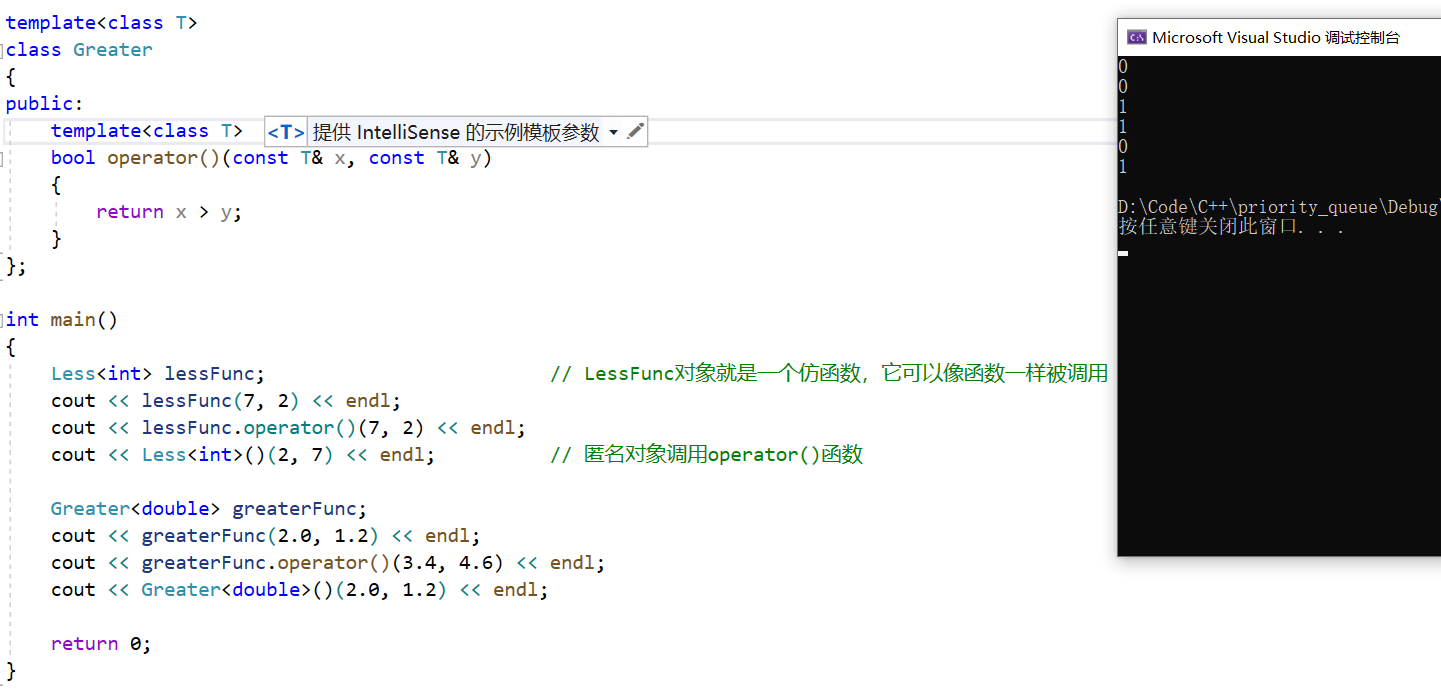
仿函数可以是类对象也可以是结构体对象,它也经常与我们的函数指针进行对比,我们的函数指针常用于回调函数之中,它并不是直接去调用那个函数,而是通过在一个函数中通过函数指针去间接那个函数,比起仿函数它还需要写函数参数以及返回值类型,这一点可能会给我们带来极大的困难,而我们的仿函数此时就显得非常好用了。
下面我们来看看这段代码,我们想实现的是日期类的优先级队列:
#include <iostream>
#include <algorithm>
#include <queue>
#include <vector>
#include <functional>
using namespace std;
class Date
{
public:
Date(int year = 1900, int month = 1, int day = 1)
: _year(year)
, _month(month)
, _day(day)
{}
bool operator<(const Date& d)const
{
return (_year < d._year) ||
(_year == d._year && _month < d._month) ||
(_year == d._year && _month == d._month && _day < d._day);
}
bool operator>(const Date& d)const
{
return (_year > d._year) ||
(_year == d._year && _month > d._month) ||
(_year == d._year && _month == d._month && _day > d._day);
}
friend ostream& operator<<(ostream& _cout, const Date& d)
{
_cout << d._year << "-" << d._month << "-" << d._day;
return _cout;
}
private:
int _year;
int _month;
int _day;
};
void TestPriorityQueue()
{
// 大堆
priority_queue<Date*> q1;
q1.push(new Date(2018, 10, 29));
q1.push(new Date(2018, 10, 28));
q1.push(new Date(2018, 10, 30));
while (!q1.empty())
{
cout << *(q1.top()) << endl;
q1.pop();
}
cout << endl;
// 小堆
priority_queue<Date*, vector<Date*>, greater<Date*>> q2;
q2.push(new Date(2018, 10, 29));
q2.push(new Date(2018, 10, 28));
q2.push(new Date(2018, 10, 30));
while (!q2.empty())
{
cout << *(q2.top()) << endl;
q2.pop();
}
cout << endl;
}
int main()
{
TestPriorityQueue();
return 0;
}
我们来看看结果:
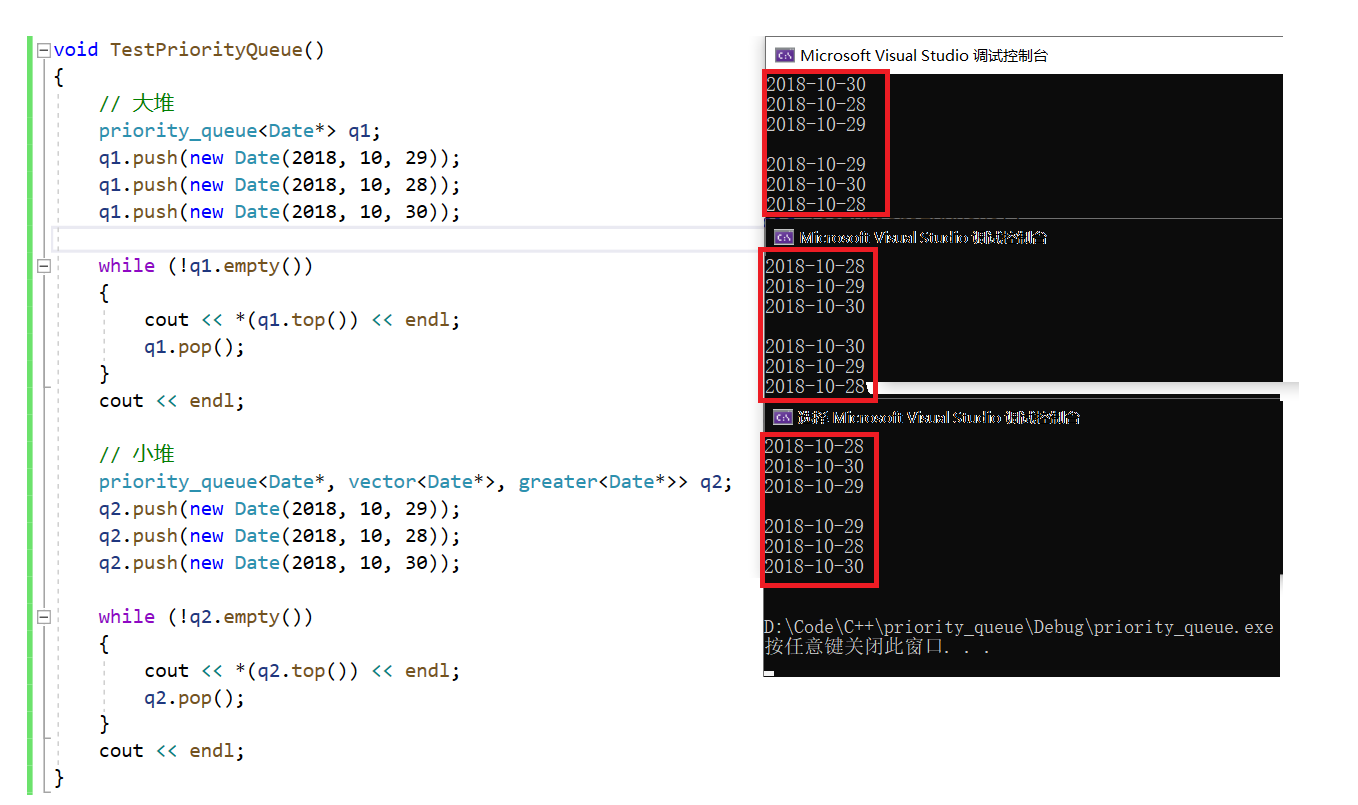
从上图我运行了三次,三次的结果都不同??这是为何??
这是因为库提供的仿函数不符合我们的要求,此时我们要比较的是日期类的值而非指针,就是我们比较的是指针,所以每次得出的结果都是不确定的,那么既然库中提供的仿函数不满足我们的需求,那我们就可以自行去实现一个。
#include <iostream>
#include <algorithm>
#include <queue>
#include <vector>
#include <functional>
using namespace std;
class Date
{
public:
Date(int year = 1900, int month = 1, int day = 1)
: _year(year)
, _month(month)
, _day(day)
{}
bool operator<(const Date& d)const
{
return (_year < d._year) ||
(_year == d._year && _month < d._month) ||
(_year == d._year && _month == d._month && _day < d._day);
}
bool operator>(const Date& d)const
{
return (_year > d._year) ||
(_year == d._year && _month > d._month) ||
(_year == d._year && _month == d._month && _day > d._day);
}
friend ostream& operator<<(ostream& _cout, const Date& d)
{
_cout << d._year << "-" << d._month << "-" << d._day;
return _cout;
}
private:
int _year;
int _month;
int _day;
};
struct PDateLess
{
bool operator()(const Date* p1, const Date* p2)
{
return *p1 < *p2; // 比较日期
}
};
struct PDateGreater
{
bool operator()(const Date* p1, const Date* p2)
{
return *p1 > *p2;
}
};
void TestPriorityQueue()
{
// 大堆
priority_queue<Date*, vector<Date*>, PDateLess> q1;
q1.push(new Date(2018, 10, 29));
q1.push(new Date(2018, 10, 28));
q1.push(new Date(2018, 10, 30));
while (!q1.empty())
{
cout << *(q1.top()) << endl;
q1.pop();
}
cout << endl;
// 小堆
priority_queue<Date*, vector<Date*>, PDateGreater> q2;
q2.push(new Date(2018, 10, 29));
q2.push(new Date(2018, 10, 28));
q2.push(new Date(2018, 10, 30));
while (!q2.empty())
{
cout << *(q2.top()) << endl;
q2.pop();
}
cout << endl;
}
int main()
{
TestPriorityQueue();
return 0;
}
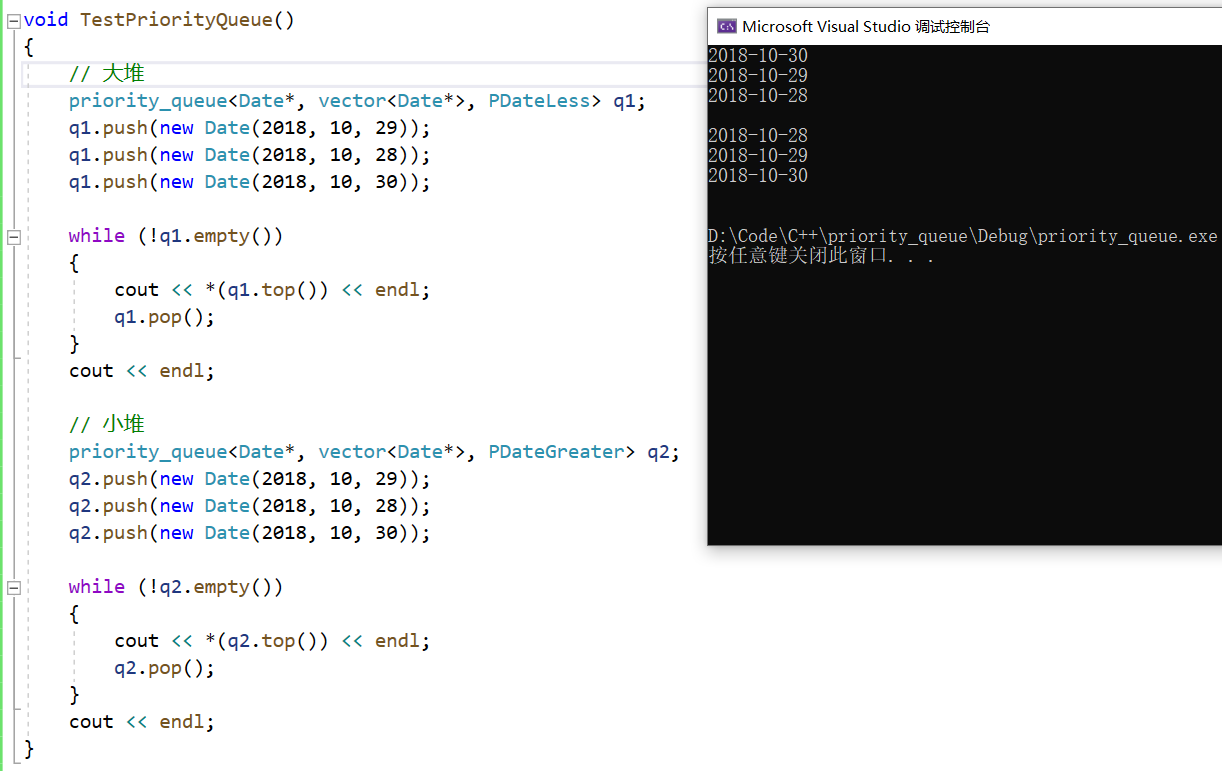
仿函数其实是C++中设计的非常好的一点,关于仿函数现阶段我们先就讲到这里,后续遇到了我们再来详谈。
四、priority_queue的模拟实现
// priority_queue.h
namespace curry
{
template<class T>
struct less // 仿函数其实就是一个类或者结构体,它里面实现了()运算符重载,使得该对象可以像函数一样被调用
{
bool operator()(const T& x, const T& y)
{
return x < y; // 返回小的,建大堆
}
};
template<class T>
struct greater // 返回大的,建小堆
{
bool operator()(const T& x, const T& y)
{
return x > y;
}
};
template<class T, class Container = vector<int>, class Compare = less<T>>
class priority_queue
{
public:
priority_queue()
{}
template <class InputIterator> // 任意类型迭代器构造
priority_queue(InputIterator first, InputIterator last)
: _con(first, last)
{
int size = _con.size() - 1;
for (int i = (size - 1) / 2; i >= 0; --i) // 注意: 这里一定要使用int!如果使用size_t的话假设只有一个元素,--i就变为了-1,如果是size_t的话,i将会是一个很大的数此时造成死循环
ajustDown(i); //向下调整建堆
}
void ajustUp(int child)
{
Compare com;
int parent = (child - 1) / 2;
while (child > 0)
{
//if (_con[parent] < _con[child])
if (com(_con[parent], _con[child]))
{
swap(_con[parent], _con[child]);
child = parent;
parent = (child - 1) / 2;
}
else
{
break;
}
}
}
void ajustDown(int parent)
{
Compare com;
size_t child = parent * 2 + 1;
while (child < _con.size())
{
//if (child + 1 < _con.size() && _con[child] < _con[child + 1])
if (child + 1 < _con.size() && com(_con[child], _con[child + 1]))
{
child++;
}
// if (_con[parent] < _con[child])
if (com(_con[parent], _con[child]))
{
swap(_con[parent], _con[child]);
parent = child;
child = 2 * parent + 1;
}
else
{
break;
}
}
}
void push(int x)
{
_con.push_back(x);
ajustUp(_con.size() - 1);
}
void pop()
{
swap(_con[0], _con[_con.size() - 1]);
_con.pop_back();
ajustDown(0);
}
const T& top()
{
return _con[0];
}
size_t size()
{
return _con.size();
}
bool empty()
{
return _con.empty();
}
private:
Container _con;
};
}
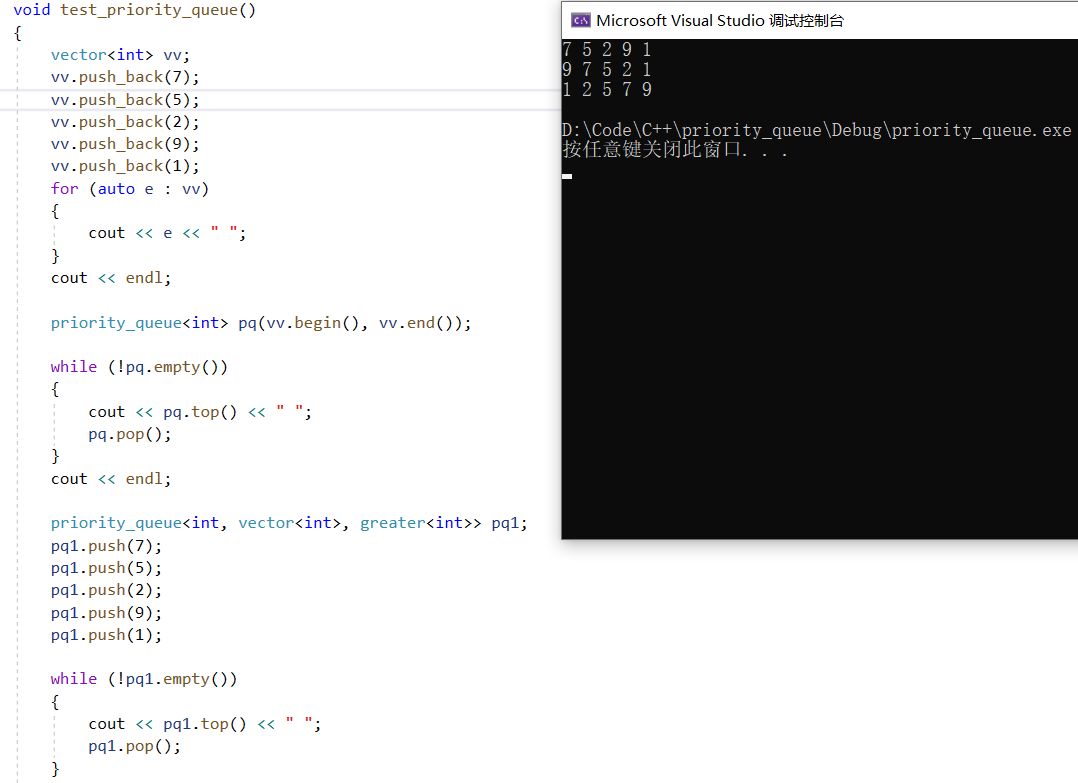
本篇文章的讲解就到这里了,如果有任何错处或者疑问欢迎大家评论区交流哦~~ 🙈 🙈


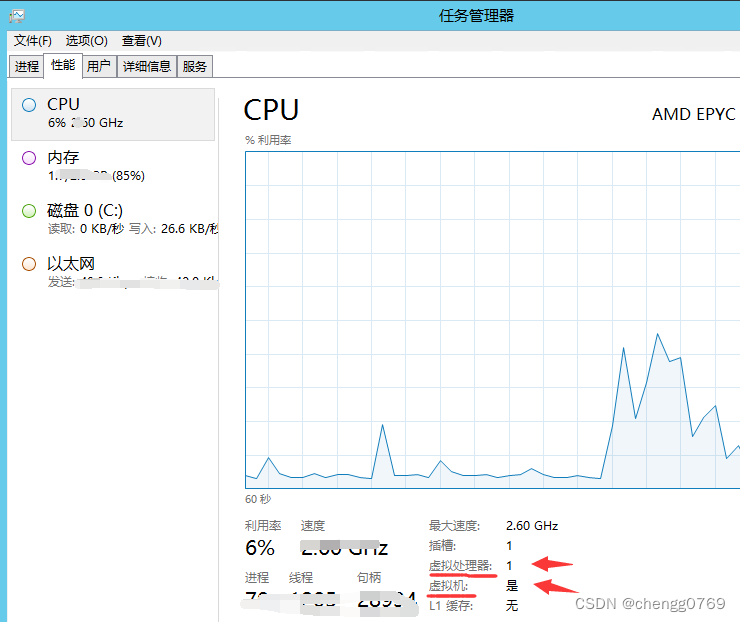



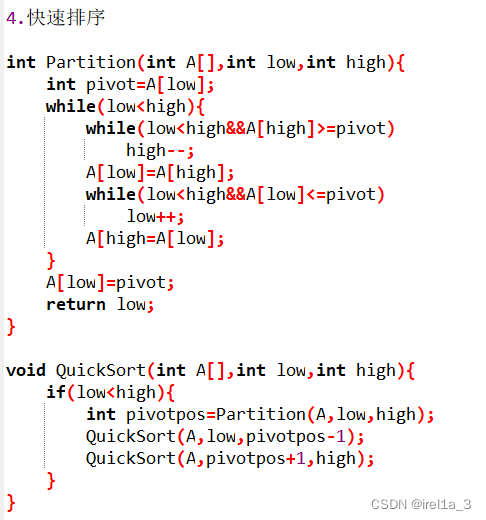
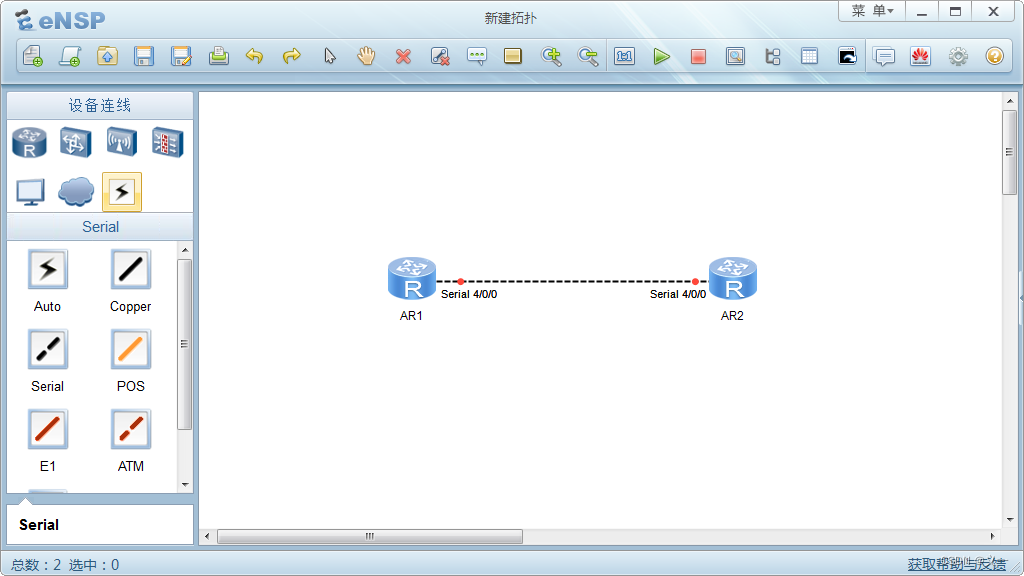
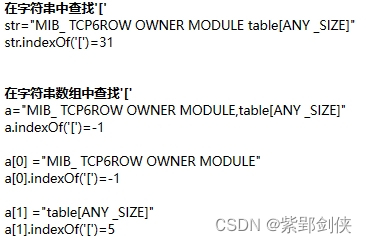
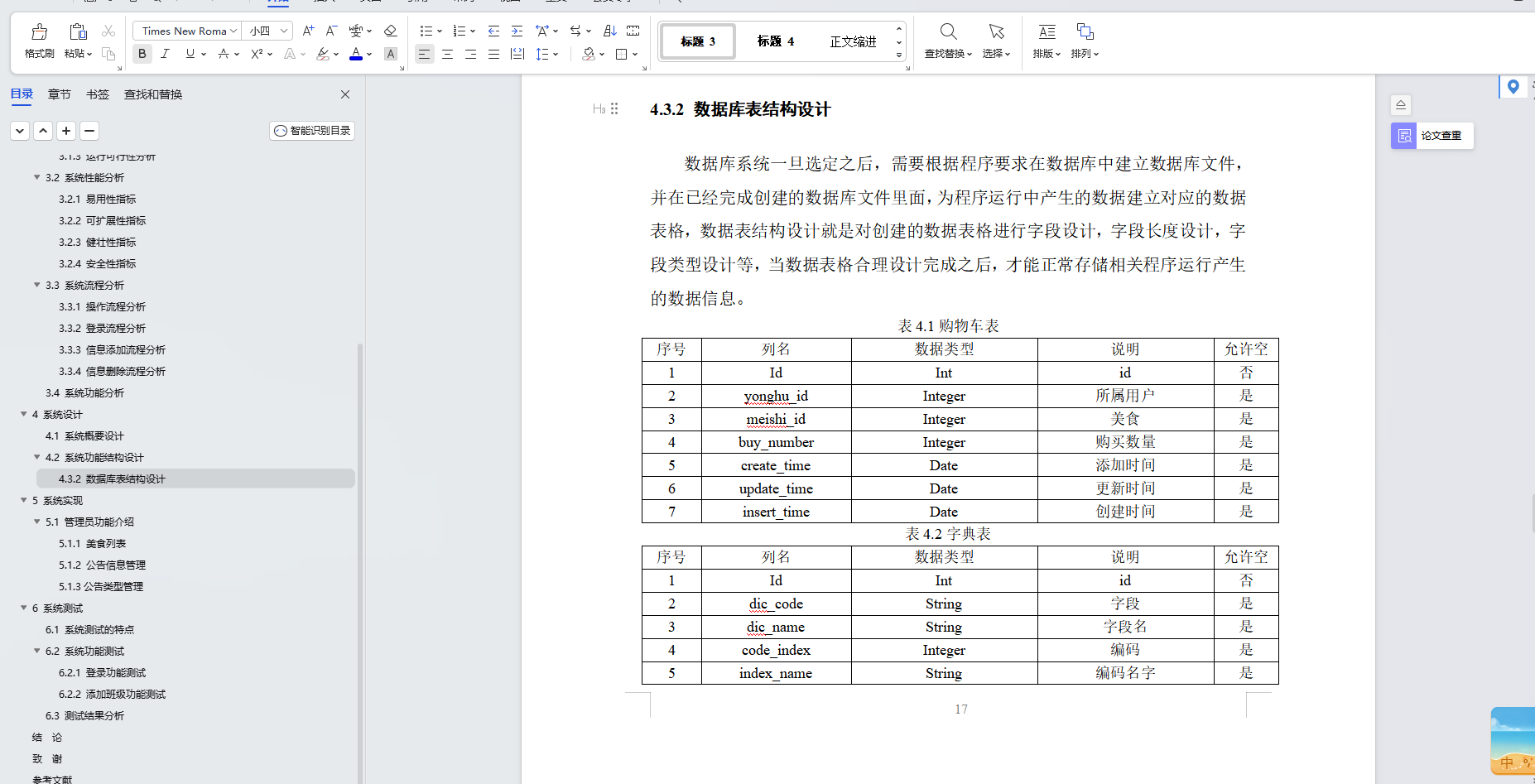

![[管理与领导-52]:IT基层管理者 - 8项核心技能 - 7 - 决策](https://img-blog.csdnimg.cn/img_convert/f1b7ae8168218cb0e9b11d6fa23f2fd5.jpeg)

